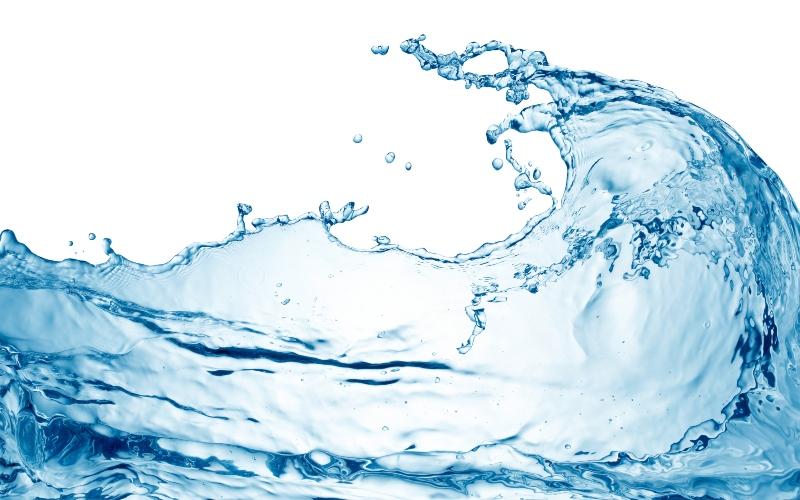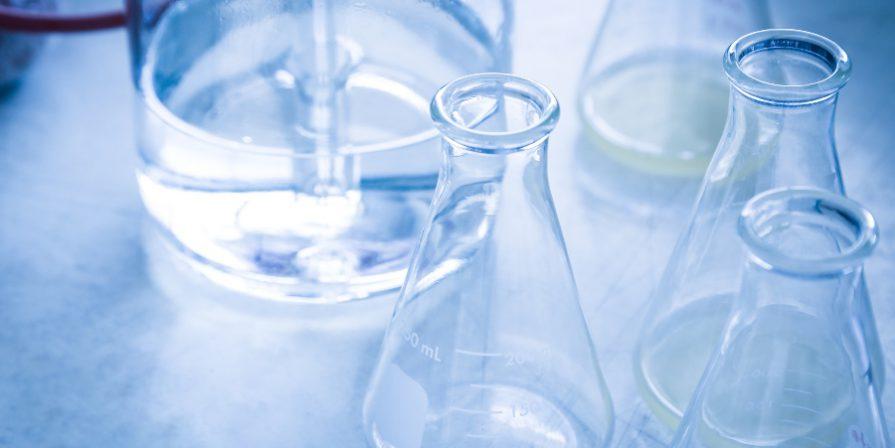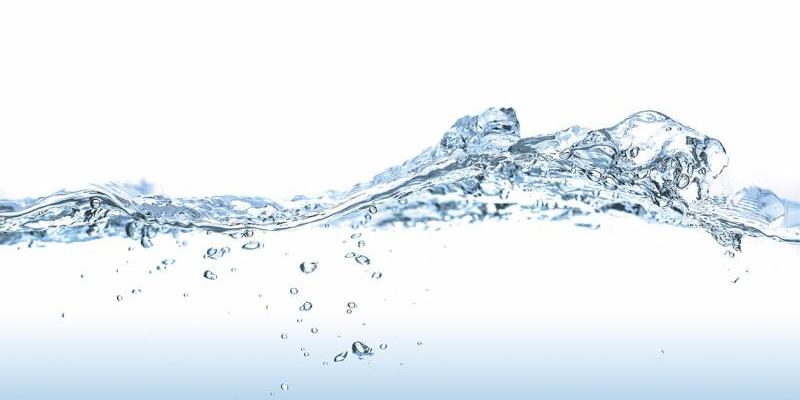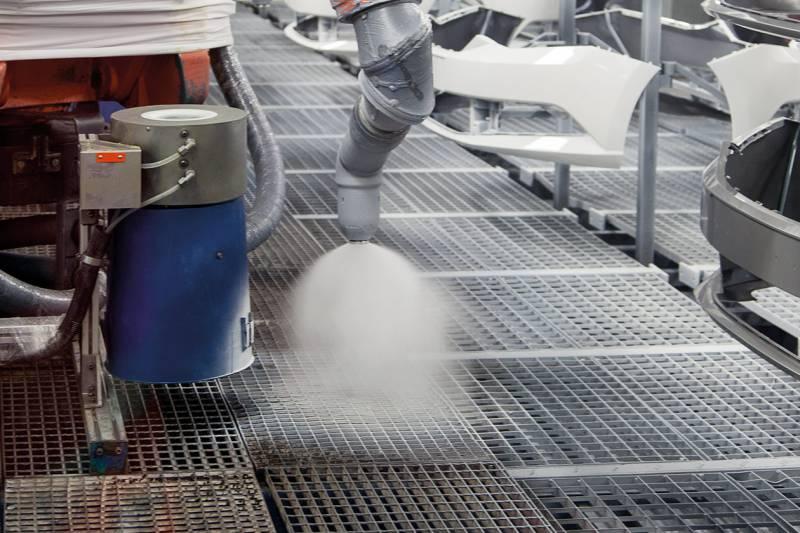In chemistry, a solvent is a substance that enables the uniform distribution of particles from another substance within a mixture. In a homogeneous solution, the dispersing agent is the component makes up the larger amount. In surface technology, liquid solvents are primarily used for cleaning tasks and for handling process chemicals. For effective application, the properties of the liquid medium and the solute must be compatible—meaning they need to be carefully matched.
Polar and Non-Polar Solvents
One of the most important characteristics for assessing the suitability of a solvent is polarity. Molecules, which are composed of atoms, consist of a positively charged nucleus and a surrounding shell of negatively charged electrons. Whether a molecule is polar or non-polar depends on how these electrons are distributed. If the electrons are evenly distributed, the molecule is non-polar. If the electrons are distributed asymmetrically, the molecule has a partial positive and a partial negative region—making it a dipole. Substances made of such molecules are called polar.

Water is the most common example of a polar solvent. Its molecules form a triangular structure with the large oxygen atom creating a negative pole and the smaller hydrogen atoms forming a positive pole. Molecules of other polar substances—such as vinegar, alcohol, salts, acids, or sugar—align themselves accordingly, which leads to uniform distribution in water.
When you attempt to mix a non-polar substance with a polar liquid, the polar molecules attract each other and exclude the non-polar substance, causing it to separate into a distinct phase. On the other hand, non-polar substances mix easily with one another and form homogeneous solutions.
These basic interactions form the foundation for selecting appropriate rinsing agents and paint formulations in surface technology.
Evaporation Number of Solvents
At the surface of a liquid, molecules are constantly entering the surrounding gas phase—typically air. Some return to the liquid, but as long as more molecules leave than return, the liquid gradually evaporates. The volume that has left the liquid has turned into vapor.
In a sealed container, such as a paint can, an equilibrium eventually develops between the liquid and vapor phases. This equilibrium depends on temperature: the higher the temperature, the more molecules exist in the vapor phase.
Evaporation Behavior
If the space above the liquid is large enough, or if vapor escapes freely, the liquid will eventually fully evaporate. The time required depends on the liquid’s physical properties, ambient temperature, humidity, and air pressure. If these last three factors are kept constant, the evaporation rates of different liquids can be compared.
Diethyl ether is often used as a reference substance due to its rapid evaporation.
To evaluate another solvent’s evaporation behavior, the time it takes to evaporate a specific quantity is divided by the time it takes for the same amount of diethyl ether to evaporate under the same conditions. The result is the evaporation number. The higher the number, the slower the evaporation.
Examples of Evaporation Numbers
- Water: approx. 80
- Ethanol: approx. 8.3
- Acetone (commonly used in nail polish remover): approx. 2
Based on evaporation numbers, solvents are categorized as:
- Highly volatile: up to 10
- Moderately volatile: 10 to 35
- Low volatility: 35 to 50
- Very low volatility: above 50
In surface pretreatment, solvents used for cleaning or for handling process chemicals should ideally have high evaporation numbers to minimize losses. Solvents that are part of paint formulations are typically moderately to slowly evaporating. During application, the coating needs to stay liquid, but once applied, it must dry quickly. The evaporation rate thus determines the working time for coating processes.
Solvent Solubility
Solubility refers to the ability of a liquid medium to dissolve a particular substance. Chemically, this is considered from the perspective of the solute. For example, table salt readily dissolves in water — a property that depends on both the solute and the carrier fluid, and is influenced by temperature.
There are three basic solubility scenarios:
- Fully miscible
- Virtually insoluble
- Soluble up to a certain ratio (limited miscibility)
In surface technology, the third scenario is often relevant. During conversion coating in surface pretreatment, salts, acids, and alkalis are dissolved in water. At a certain concentration, water molecules become fully occupied by the ions from the dissolved substances, creating a saturated solution. If the concentration increases beyond this point, excess ions can no longer be solvated and will precipitate out.
Temperature plays a key role in solubility. Higher temperatures increase molecular motion, making it easier for solute particles to stay dissolved. Rinsing agents behave similarly: they can only absorb a limited amount of contaminants before becoming saturated.
Safety and Environmental Considerations
Organic solvents typically consist of carbon and hydrogen atoms, often combined with oxygen or nitrogen. Many of these compounds are toxic or harmful to health, and most are flammable.
To evaluate risks and ensure safe handling, solvents are classified based on several key safety-related properties, such as:
- Flash point – the lowest temperature at which the vapor can ignite
- Flammability range – the range of concentrations where the vapor can burn
- Autoignition temperature – the temperature at which a vapor ignites without an external source
These values are determined through standardized testing under controlled conditions and serve as guidelines for fire and explosion prevention.
To assess the potential health and environmental risks of solvents, toxicological studies are used to determine their effects on living organisms. From these results, limits are established for solvent concentrations in exhaust air, wastewater, and workplace air. These findings also guide recommendations for appropriate personal protective equipment (PPE) and safe handling practices in industrial environments.
 Kluthe Magazine
Kluthe Magazine





